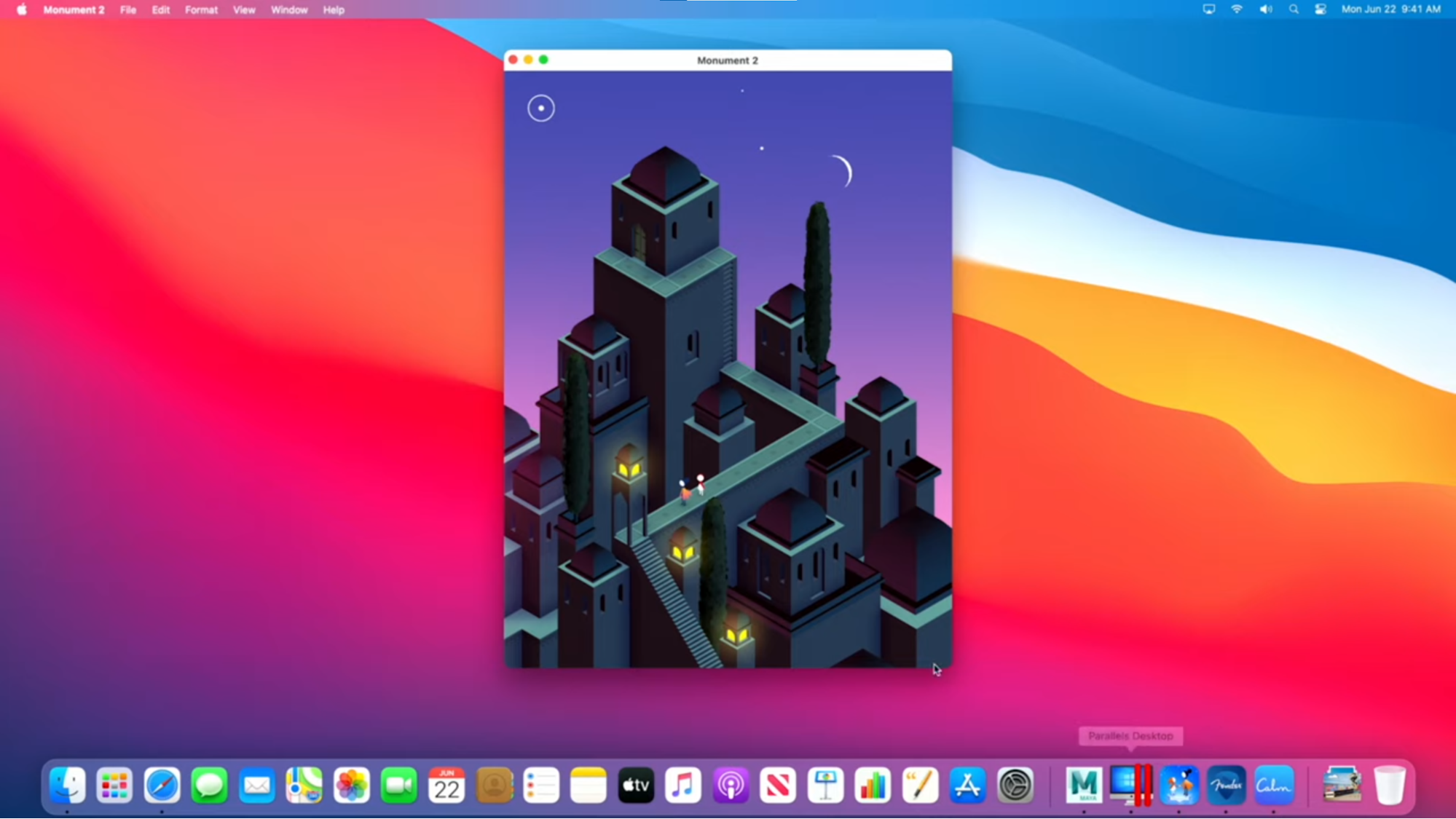In June 2020, Apple held their Worldwide Developer Conference (WWDC). In addition to updating their different software platforms, Apple also announced a bombshell: their partnership with Intel is over and they are transitioning to Apple silicon.
On the surface, this might seem like a nuanced difference. But in this post, we will explain why you -- a consumer, developer, or business owner -- should care about this transition. Let’s dig into the large implications that this single announcement could have.
Why Businesses & Developers Should Care about Apple Silicon
Whether you had built applications for Apple’s operating systems or not, you should reevaluate your strategy in light of this announcement. Reading between the lines, Apple is bringing together all of their platforms to run on a single architecture and instruction set.
More performance, longer battery life, and less heat are all good things. But the biggest change will be running a single codebase across iPhone, iPad, and now, Mac. (There are even rumors that Apple TV may become a more serious living room gaming console.)
If you have an iOS app today, you do not have to make any changes. You gain access to all Mac users automatically - no additional work required. The one caveat is that these apps will run at their native resolution, so they will not be full screen or immersive, as shown below.

Monument 2: iPhone app running on macOS Big Sur with no edits
For companies that are not building dedicated apps for iOS or macOS, this announcement makes the Apple ecosystem more appealing. With a single app and single codebase, you can now access billions of Apple devices.
We are helping our clients today think about this ecosystem and how to build a seamless user experience across phone, tablet, laptop, and desktop.
Why Consumers Should Care about Apple Silicon
More businesses building products for Apple’s platforms means a better experience for consumers too. Popular mobile apps will finally make their way to Mac, and powerful Mac apps could have mobile companions.
Certain apps that have been too stubborn to move to the web (I’m looking at you Instagram…) will finally have a desktop companion, and be used with a keyboard – a welcomed addition for digital marketers!
Apple likes to closely control every aspect of their products. They design the hardware, operating system, applications, and now, even the processor. As such, we would not be surprised if Apple decided to eventually merge iOS, iPadOS, and macOS into a single platform.
This also opens up unique user experience (UX) and branding questions like: How do you create a unified experience across all of your products? Can users pick up and drop off from one device to another without friction?
The Transition from PowerPC to Intel
Looking back, Apple had made a similar transition fifteen years ago. From 1994 to 2005, Apple used PowerPC processors in their Mac lineup. Unhappy with the performance and thermals of PowerPC (sound familiar?), Apple decided to switch to Intel processors.
The shift from PowerPC (RISC) to Intel (x86) was not just a branding difference. It was an entirely different architecture, making software incompatible. In fact, there were a rough few years when software developers painfully tried to port their products.
We anticipate this transition to be much smoother today. Apple is a much bigger company with more resources and they are building tools, like Rosetta 2, to aid with this transition.
As we have written extensively, we believe the future of one codebase that "just works" everywhere is happening. The question is: What is your business doing to leverage this opportunity?
To learn more about building native cross-platform apps, contact Tragic. We are offering free consultations to businesses that are looking to design, build, and scale cross-platform apps.

